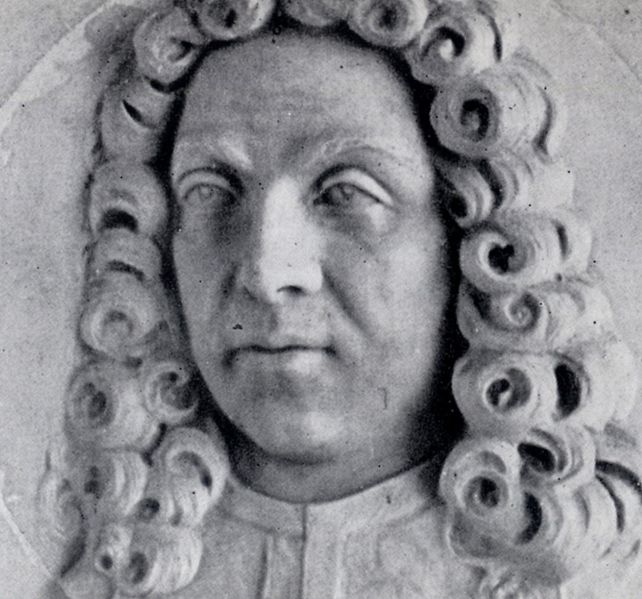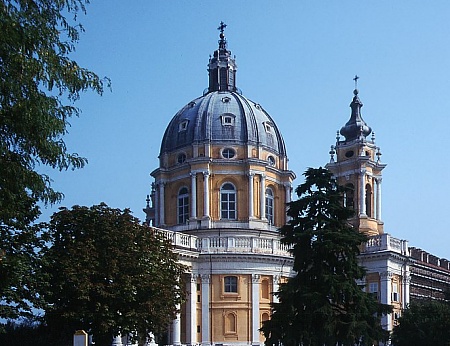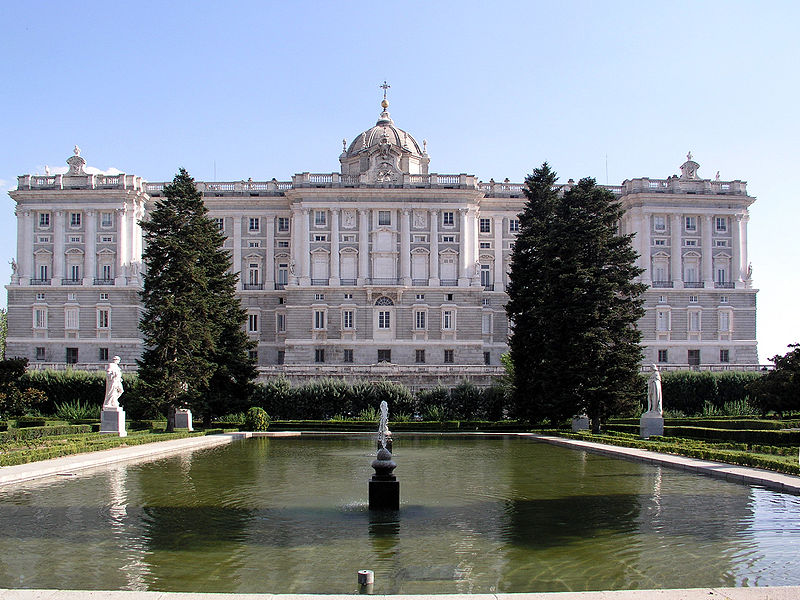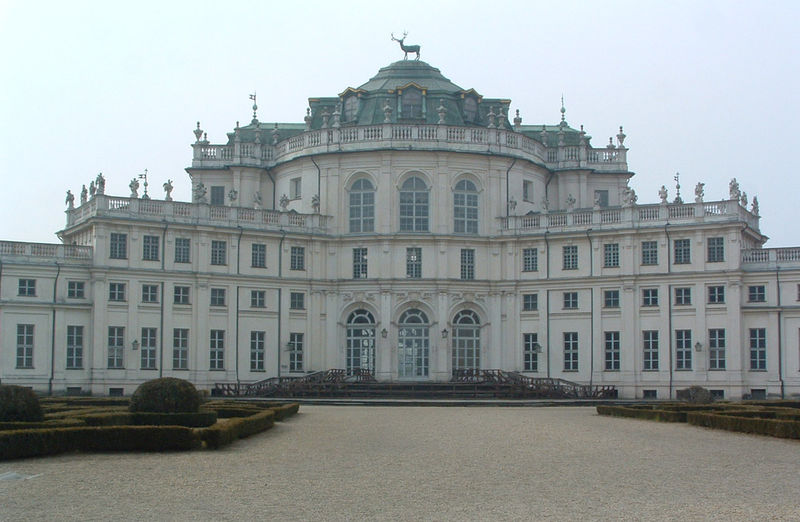<Back to Index>
- Mathematician Olga Alexandrovna Ladyzhenskaya, 1922
- Architect Filippo Juvarra, 1678
- Prime Minister of France Louis Charles Auguste le Tonnelier baron de Breteuil, 1730

Filippo Juvarra (March 7, 1678 – January 31, 1736) was an Italian architect and stage set designer.
Filippo Juvarra was an Italian Baroque architect working in the early part of the eighteenth century. He was born in Messina, Sicily, to a family of goldsmiths and engravers. After spending his formative years with his family in Sicily where he designed Messina's festive settings for the coronation of Philip V of Spain and Sicily (1705), Juvarra moved to Rome in 1704. There he studied architecture with Carlo and Francesco Fontana.
The first phase of his independent career was occupied with designs for ceremonies and celebrations and especially with set designs for theatres. Juvarra's set designs incorporate the scena per angolo, literally 'scenes at an angle.' The exact origin of this style is unclear. This style differed from the one point perspective sets that had been developed in the sixteenth century, and had reached their apogee in the seventeenth century, for example in the work of Giacomo Torelli. A couple of his early drawings dated 1706 are associated with the Teatro S. Bartolomeo, Naples (1706), though whether he actually completed set designs for the theatre is unknown. The majority of his work in theatre and set design was in Rome under the patronage of Cardinal Ottoboni. He assisted in the rebuilding of the Cardinal's private theatre in the Palazzo della Cancelleria and also designed sets for operas performed within the theatre. The first opera for which Juvarra designed all the sets was Costantino Pio. The libretto was by Cardinal Ottoboni and the music was by Carlo Francesco Pollarolli (c.1653 – 1723). It was premiered in 1709 and was one of the first operas to appear after the lifting of papal bans on secular theatre, it also inaugurated Ottoboni’s newly renovated private theatre. He also worked on set designs for performances sponsored by Ottoboni at the Teatro Capranica. His other main patron in Rome was Queen Maria Casimira, the widowed Queen of Poland, for whom Juvarra produced set designs for the operas held in her small domestic theatre in the Palazzo Zuccari. In 1713 a theatre project took him to Genoa.
In 1706 Juvarra won a contest for the new sacristy at the St. Peter's, organized by Pope Clement XI, and became a member of the prestigious Accademia di San Luca.
In 1708 he created his first important non-theatrical architectural
work, and the only one realized in Rome: the Antamoro Chapel in the
church of San Girolamo della Carità. Juvarra was also an engraver: his book of engravings of sculpted coats-of-arms appeared in 1711, Raccolta di varie targhe fatte da professori primarii di Roma. Juvarra's period of most intensive activity as an architect began in 1714, when after a sojourn in Messina, he moved to Piedmont where Victor Amadeus II of Savoy first
employed him in a scenographic project, then elevated Juvarra to the
position of the first architect of the court. The fame obtained here
led to demand for his talent and capacities at some of the richest
noble and royal courts of Europe: in 1719 he was in Portugal, planning the palace at Mafra for Joao V (1719–20), after which he travelled to London and Paris. Among his numerous works and projects in Turin are: the Basilica di Superga (1715-1718) built on the high hill over Turin; the Facade of the church of Santa Cristina (1715-1718); the Basilica della Natività; the Palazzo Madama in Turin and the third enlargement of Turin to the west according to the orthogonal system introduced by Ascanio Vitozzi and Carlo di Castellamonte:
the project included construction of Palazzo Martini di Cigala (1716),
of the Quartieri Militari (1716-1728) and later of the church del
Carmine (1732-1736), where the space is concentrated around the central
hall with the scenographic effect of light falling from above. Drawing
upon Italian and French architectural traditions, Juvarra designed the
facade and grand theatrical ceremonial entrance staircase of the Palazzo Madama in Turin (1718-1721). For the Savoy royal family, he built and decorated the hunting lodge called the Palazzina di Stupinigi (1729–1731). Juvarra and Johann Fischer von Erlach influenced one another through the medium of engravings. In 1735 the architect was invited to Madrid by the Bourbon king of Spain, Felipe V, for whom he executed the projects for the Royal Palace, Granja de San Ildefonso and Palacio Real de Aranjuez, executed after the death of Juvarra by Giovanni Battista Sacchetti and other pupils. Another Baroque architect strongly influenced by Juvarra was Bernardo Vittone who practised architecture in the Piedmont, Italy. Juvarra died in Madrid in 1736. His work, along with much of Baroque architecture, fell out of favour with the rise of Neoclassicism.


